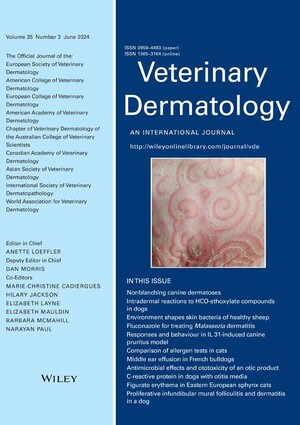
Mapping the flow of veterinary antibiotics in Kenya
Abstract
Introduction: To effectively regulate and reduce antibiotic use, in the livestock sector, a thorough understanding of the flow of veterinary antibiotics will help to identify key nodes in the chain for targeted interventions. The aim of this study was to understand the flow of antibiotics from import to end-user, and identify relevant governance mechanisms.
Methods: A mixed methods approach was used to collect data in three Kenyan counties (Nairobi, Kiambu, and Kajiado). Focus group discussions (n = 23), individual interviews (n = 148), and key informant interviews (n = 10) were conducted.
Results: The key actors identified include primary wholesalers, secondary wholesalers, retailers, animal health service providers (AHSPs), and farmers. Kenya imports 100% of its veterinary antibiotics: primary wholesalers legally import antibiotics as finished pharmaceutical products (90%) or active pharmaceutical ingredients (10%) after approval by the Veterinary Medicines Directorate. Secondary wholesalers play a major role in the distribution of antibiotics (60% of antibiotics) from importers to farmers, AHSPs, and retailers. Some of the illegal sources of antibiotics include unlicenced/unauthorized middlemen and online platforms that sell directly to retailers, AHSPs, and farmers.
Discussion: Despite the presence of various laws and regulations governing the antibiotic value chain, implementation has been a challenge due to financial and human resource constraints. This contributes to over-the-counter sale of antibiotics without prescription, unlicensed businesses selling antibiotics, illegal importation, and presence of poor-quality drugs. There is a need to review the applicability of existing policies and address policy gaps (e.g., product containing antibiotic combinations, and use of human critically important antibiotics) to ensure the prudent sale and use of antibiotics, pharmacovigilance, antimicrobial use surveillance, and developing a business model that aligns with antibiotic stewardship. Additional interventions include awareness raising and capacity building of the different stakeholders along the antibiotic distribution chain to reduce antibiotic mis- and overuse.
Citation
Morang’a, A.K., Muloi, D.M., Kamau, S.M., Onono, J.O., Gathura, P.B. and Moodley, A. 2024. Mapping the flow of veterinary antibiotics in Kenya. Frontiers in Veterinary Science 11: 1304318.










